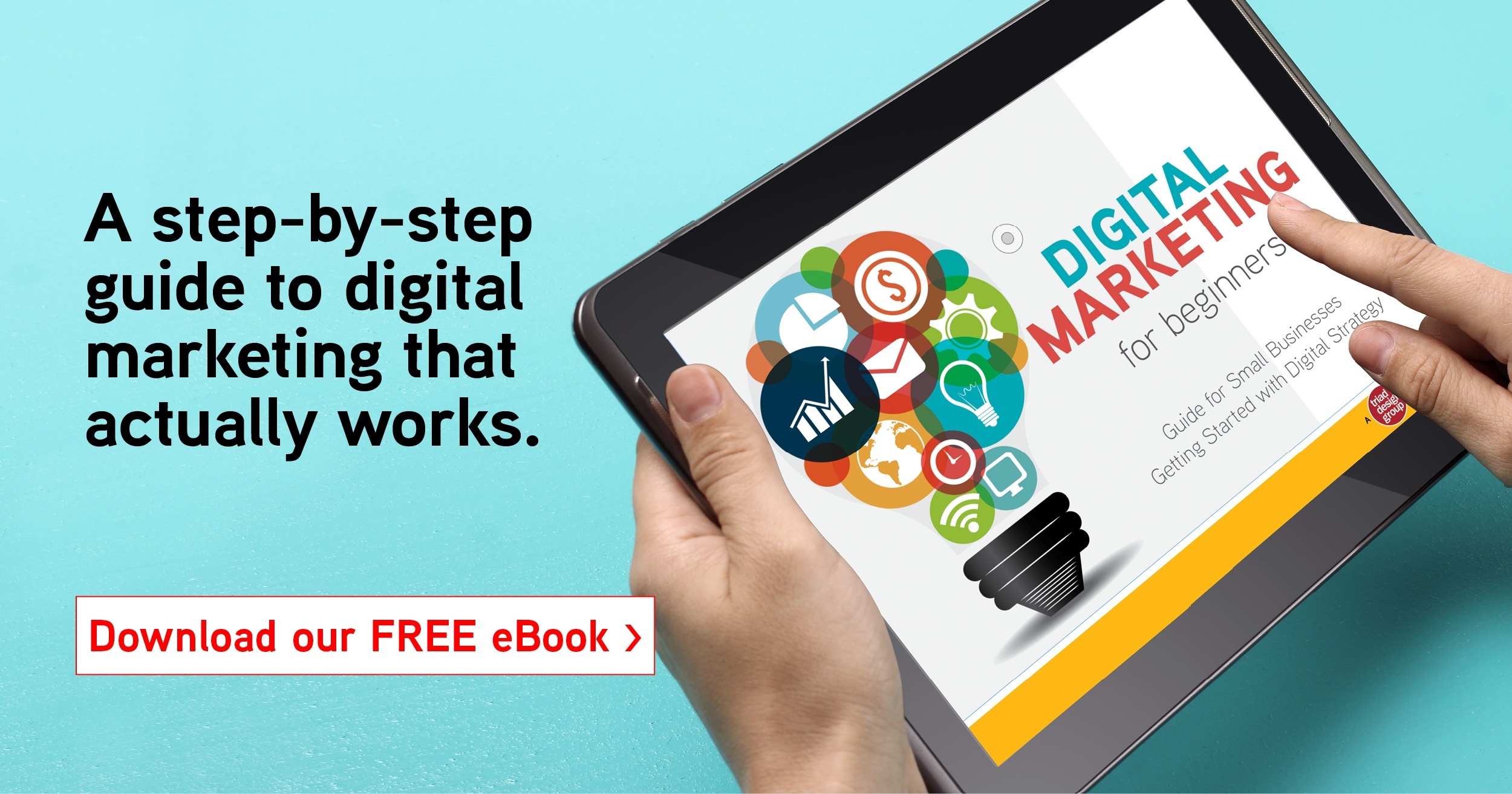During the latest hurricane scare here in SC, I realized just how much we rely on our smartphones, iPads and the internet. When tracking the storm and its impact on friends all across the Caribbean & Florida, I found myself reaching for my iPhone more often than not. I had instant updates, friends posting via Facebook Live and check-ins of safety. We live in an amazingly connected world and it does have its advantages. The internet not only helps us keep in touch with friends and family, we spend time online reading news, searching for information, watching movies, sharing photos and my favorite, shopping.
Businesses have to think differently, too. They have to consider how todays consumer now experiences and wants to interact with brands. As consumers, we like to be in control of our online experiences. Instead of passively receiving ads and commercials through TV, print and radio, people now choose how and when they interact with brands online. Just think, a blog post or video is often the first interaction a customer has with a company. Great content makes a great first impression.
Outbound vs Inbound?
Traditional advertising through print, TV and radio uses an outbound approach to reach potential customers. These methods allow businesses to push messages out into the world in hopes they will land in front of customers who are interested in them.
Outbound marketing promotes a business’s strengths and qualities and says, “Listen to us! Buy here!”
Inbound marketing takes a whole different approach. It says, “I hear you! Here are the answers and information you are looking for!” It draws people toward a business through enjoyable experiences of discovering content that answers questions and solve issues. Marketers use inbound interactions to share expertise, attract audiences, and build relationships.
Content’s Role in Inbound Marketing
Content is the magnet that attracts consumers in the whole process. It’s the blog posts, articles, infographics, ebooks, videos, white papers, and anything else a business provides for the benefit of its customers. Content reaches out and connects people with a brand.
The internet is a limitless repository of information and a bustling commercial hub where people go to:
- be informed of the latest news and developments
- be part of a community and connect with others
- research products, services, companies, etc.
- find inspiration, learn new things, experience fresh ideas
The goal is to get the right content in front of the right people at the right time - those who are already online searching for solutions. Newsletters, how-to videos, case studies, website pages and other content a business creates are designed first and foremost to be USEFUL to people who are looking for it.
Content is the vehicle that carries a business’s messages to consumers, but it isn't designed to work like an old-school sales pitch. Research shows that the top three content marketing objectives for businesses are to:
- drive sales and/or leads
- engage customers, buyers and influencers
- boost brand awareness
Content captures consumers' attention and moves them forward in the customer journey.
Reach Consumers Through Content Marketing
Boosting content creation is a top trend for 2017, with 70% of B2B marketers planning to create more content than last year. Establishing a strong online presence is a major part of building healthy relationships with customers. Plain Jane, static websites are a snore. (Google thinks so, too.)
Regularly publishing a variety of high-quality, new content attracts search engines, which lead people to your site. Search engines such as Google, Bing and Yahoo! are businesses, too. Their bread and butter is providing links to pages that display content that is, among other things, unique and fresh.

SEO Helps Content Get Found
First things first. (Yes, we realize this is last in the post. We’re ironic like that.) Content can’t engage consumers if it is never found. Even the most brilliant writing is only scribbles on a page without readers to give it meaning. Your content will drown in obscurity, like lost treasure at the bottom of an ocean, if it’s not attractive to search engines and readers.
In addition to being fresh and unique, search engines also look for content that is relevant and useful and on sites that are easy to navigate. Part of the what makes content attractive to search engines is developed through behind-the-scenes search engine optimization (SEO). SEO strategies include:
- Use of keywords
- Enhanced metadata
- Using appropriate tags
- Earning linkbacks
Employing SEO strategies such as these can help land a site higher in search results, which is super important for being found online. But even using the best metadata, keywords, and tags only help your site get found. They won’t make people click or link back to your pages.
Only great content does that. People are drawn to content that promises a positive experience. They want to share content that delivers on that promise. Creating high-quality content that other people want to view and share is an imperative part of successful inbound marketing strategies.





Let Us Know What You Thought about this Post.
Put your Comment Below.